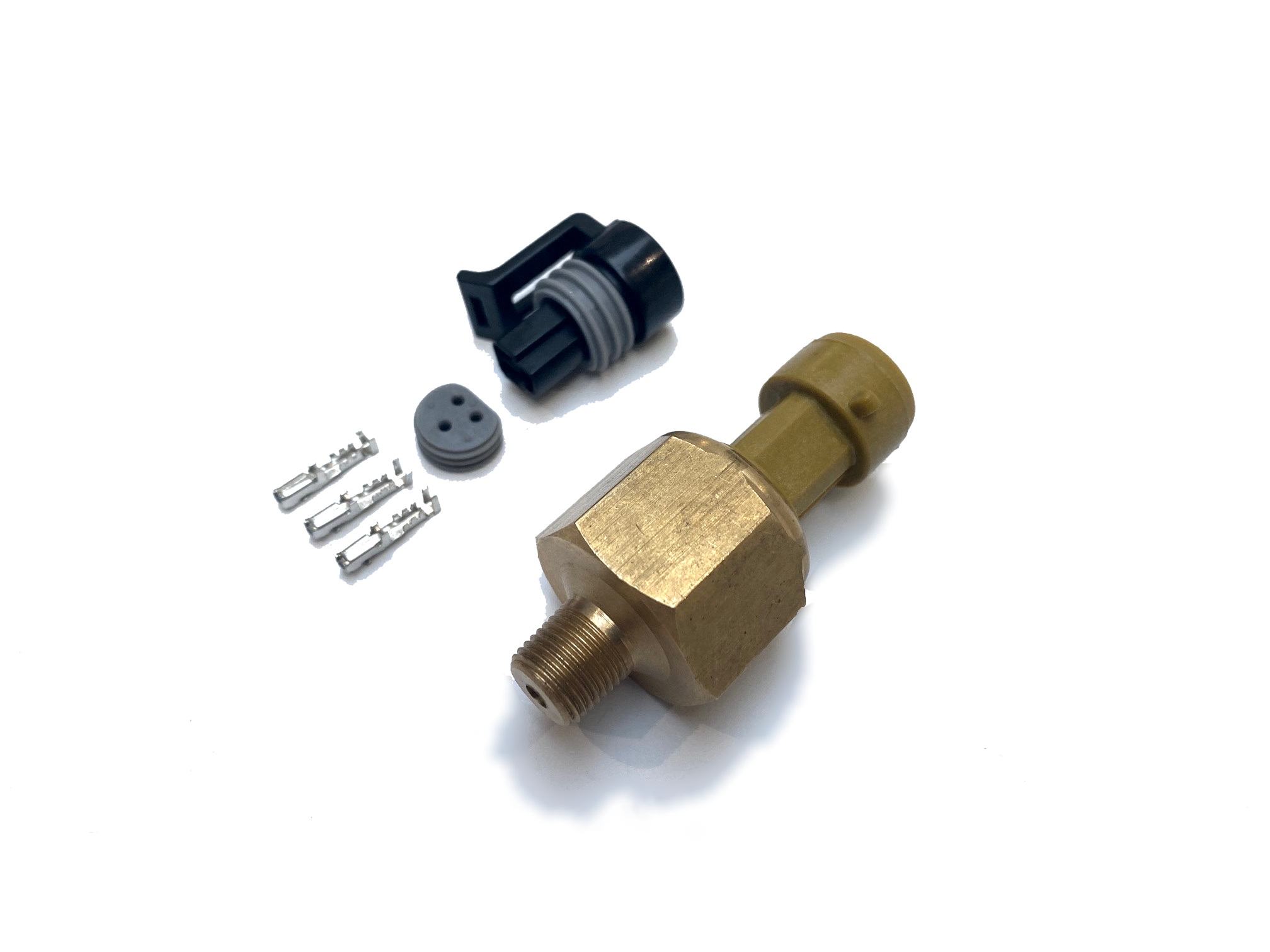
The results indicated that a total of 303,970 single−nucleotide polymorphisms (SNPs) were identified from the seven wild populations.


In our study, genetic diversity and population structure analyses were performed on seven wild populations (originating from the Jinsha River, Yalong River, and Wujiang River) in the upper reaches of the Yangtze River by genotyping by sequencing (GBS). Schizothorax kozlovi Nikolsky is a unique cold−water fish in the upper reaches of the Yangtze River in China and has high economic value. Defining population adaptation capacities and environmental niches can then serve to incorporate evolutionary processes into species conservation planning. 5‐ Our results illustrate the key steps of a comparative seascape genomics study aiming to unravel the evolutionary processes at play in marine species, in order to better anticipate their response to climate change. Functional annotation of the climate‐associated outlier SNPs then identified candidate genes involved in heat tolerance that could be examined to further predict species’ responses to climate change. The mullet revealed additional differentiation within the Mediterranean Sea that was significantly correlated to summer and winter temperatures, as well as marine primary productivity. The seabream showed a distinct Alboran sea population and panmixia across the Mediterranean Sea. 4‐ We observed contrasting patterns of gene flow and adaptive genetic variation between the two species. outliers) and disentangled the relative contribution of space, dispersal and environmental variables (climate, marine primary productivity) on the outliers’ genetic structure to test the prevalence of gene flow and local adaptation. For each species, we identified highly differentiated genomic regions (i.e. We collected 823 individuals and used genotyping by sequencing (GBS) to detect 8,206 Single Nucleotides Polymorphisms (SNPs) for the seabream and 2,794 for the mullet. 3‐ In order to test our hypothesis, we genotyped two species with contrasting dispersal abilities: the white seabream (Diplodus sargus) and the striped red mullet (Mullus surmuletus). We hypothesized that the population structure and climate‐associated genomic signatures of selection would be stronger in the less mobile species, as restricted gene flow tends to facilitate the fixation of locally adapted alleles. 2‐ We explored how space, dispersal and environment shape the genomic patterns of two sympatric fish species in the Mediterranean Sea, which ranks among the oceanic basins most affected by climate change and human pressure. It requires the extensive spatial sampling of individuals or populations, representative of seascape heterogeneity, combined with a set of highly informative molecular markers capable of revealing climatic‐associated genetic variations. Capturing these impacts remains challenging for marine fishes which disperse over large geographic scales spanning steep environmental gradients. That is why only blockguard will be installed.1‐ Climate influences population genetic variation in marine species.
Logging aem3.5 bar evom cracked#
Also there is no needs in forged connecting rod because block was cracked and not the stock connecting rod because of high boost. Also there is no needs in forged pistons because state of stock pistons perfect and no any signs of detonations.
Logging aem3.5 bar evom install#
It will be less cost then install cylinder sleeves to broken block. We decided only install blockguard, new turbine GT2871 without internal actuator and new Pfab mainfold with external Tial westgate which sould to solve issues with restriction of boost on 0.5 - 0.6 bar and normal engine work in high rpm. The concept of project the same as earlier - boost 0.5 -0.6 bar on stock engine. Two days ago arrived new B20B engine from Vladivostok. This result has been fixed on graph above. Sometimes the boost grew up to 1.1 and 1.2 bar then suddenly restricted on 0.8 and in peak 1 bar. The same was when tuning the engine on dyno. It could be above 1 bar because of wrong work of internal westgate in the turbine which should be restrict boost on 0.6 bar.

We assume that it happened because of sometimes the boost was higher then on graph: It is a result of issues about which i wrote here When guys took off engine head they saw the following: I drove the car to RRR Customs to change engine oil, gasket and installation of new parts (see above). But when engine was hot there was no any simptoms. One day when the engine was cold have seemed that a hole is in gasket cylinder head because there was a thick white smoke from exhaust and something white under the oil cover.

However i have already travelled by car about 10000 km on the current setup and have planed to change engine oil the second time. Any updates on this? Have you got the GT28 on yet?


 0 kommentar(er)
0 kommentar(er)
